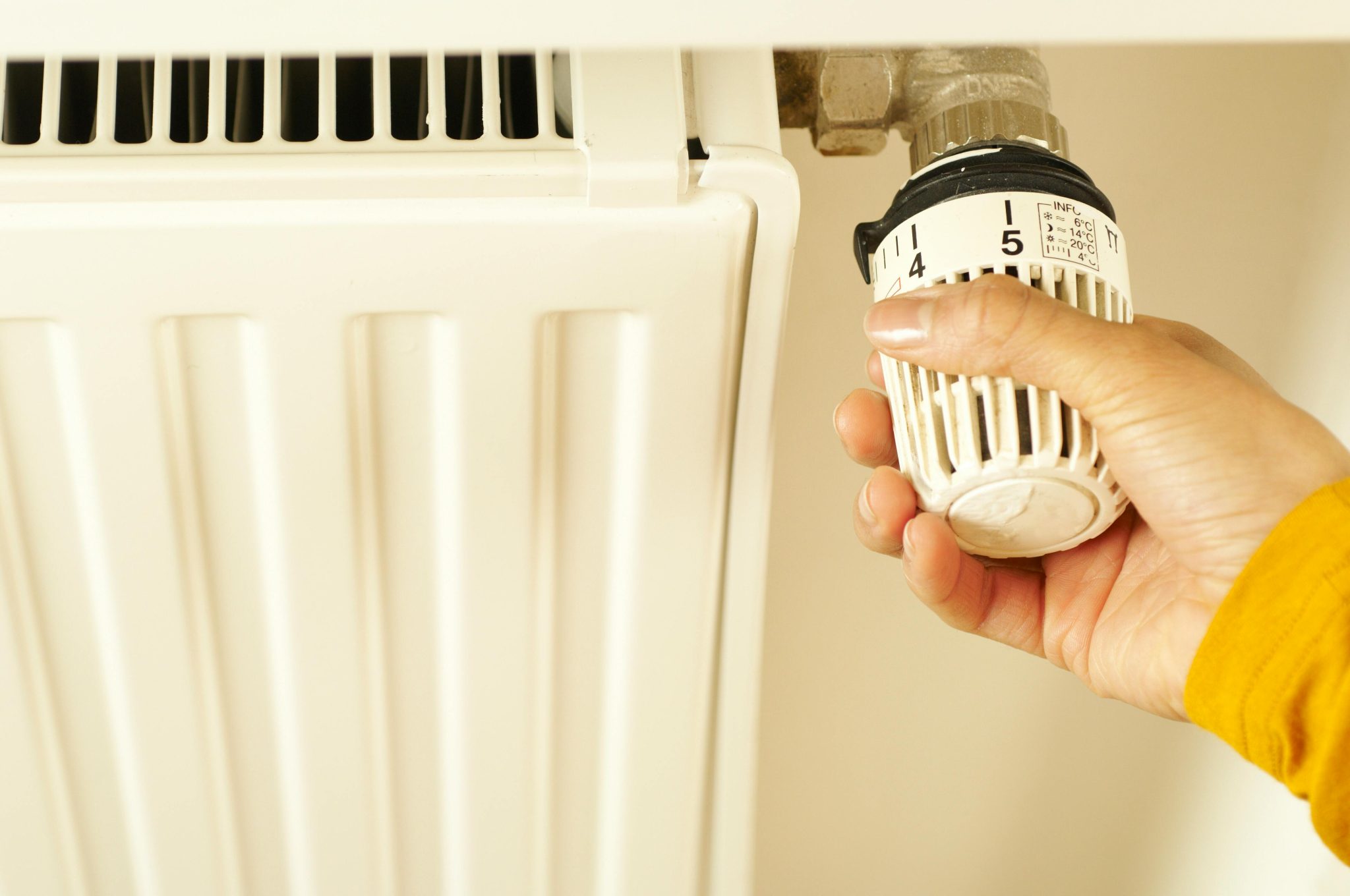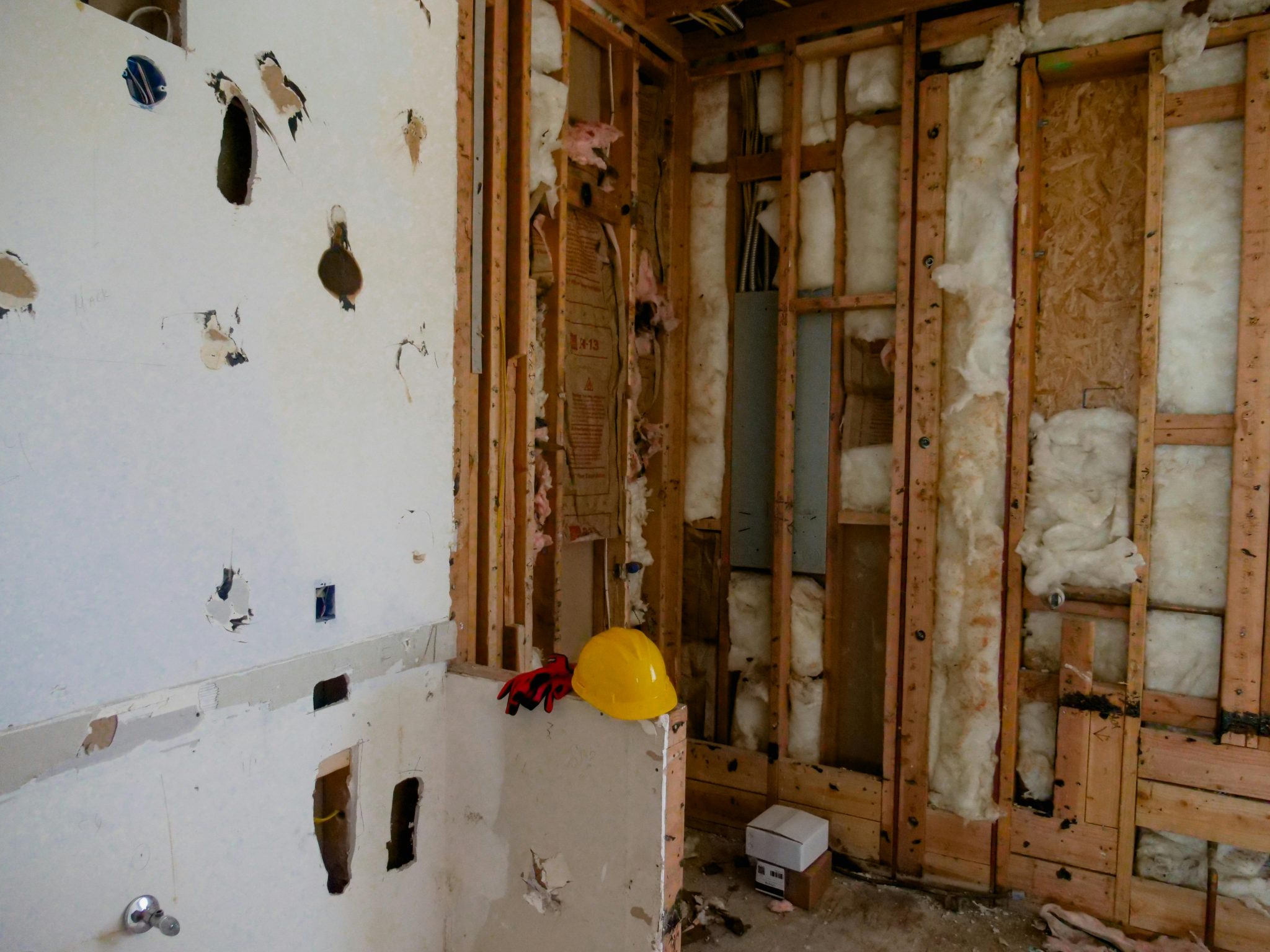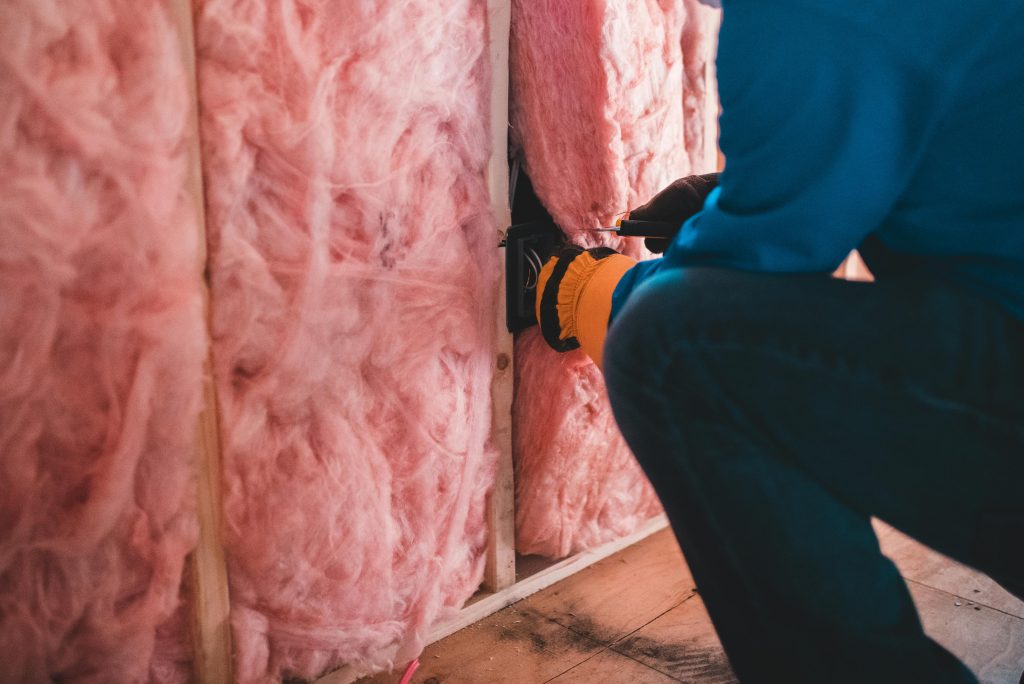Introduction
Proper attic insulation plays a critical role in maintaining the energy efficiency, comfort, and long-term savings of your home. Without the right insulation, homeowners often face drafts, skyrocketing energy bills, and fluctuating temperatures in different rooms. Whether you’re dealing with uncomfortable hot summers or chilly winters, inadequate attic insulation can be the cause of your discomfort and unnecessary energy consumption. In this article, we’ll explore the different types of attic insulation, helping you choose the best option for your home’s needs.
The Role of Attic Insulation in Home Comfort and Energy Efficiency
Attic insulation isn’t just about keeping your home warm or cool—it’s about optimizing your home’s energy use to enhance comfort and save money. Without sufficient insulation, your home is more vulnerable to temperature fluctuations and higher utility costs. Here’s how attic insulation plays a vital role in regulating your home’s temperature and energy use.
Why Attic Insulation Matters for Your Home’s Thermal Performance
The attic is one of the most important areas to insulate in your home. Reliable attic insulation services by TLS Energy Savers acts as a barrier, preventing heat from escaping in the winter and blocking hot air from entering during the summer. Inadequate insulation allows drafts and inconsistent temperatures across rooms, forcing your heating and cooling systems to work overtime.
When your attic is well-insulated, your home stays at a consistent temperature, reducing your reliance on air conditioning and heating systems. This, in turn, leads to lower energy bills and improved home comfort.
Seasonal Considerations: Attic Insulation for All Seasons
Attic insulation is vital year-round, not just in winter. In winter, the right insulation helps retain the warmth generated by your heating system. During summer, it keeps your home cool by preventing the outdoor heat from seeping inside. Well-insulated attics offer a more comfortable living environment through the changing seasons, ensuring that your home remains energy-efficient no matter the weather outside.
Common Problems Caused by Poor Attic Insulation

When your attic lacks sufficient insulation, it doesn’t just affect your energy bills; it can also lead to several other issues in your home. Let’s explore some of the common problems homeowners face due to poor attic insulation.
Drafts and Cold Spots
Poor attic insulation often results in drafts and cold spots in the home. These cold spots can make certain rooms uncomfortable during winter and lead to increased heating costs as you try to keep those areas warm. This problem is especially common in older homes that may have insufficient or deteriorating insulation.
High Energy Bills
Without proper insulation, your heating and cooling systems must work harder to maintain a comfortable temperature in your home, leading to increased energy consumption. Homeowners can see their energy bills rise by up to 30% due to inadequate attic insulation. Over time, the cost of extra energy use can add up significantly, making it a wise investment to upgrade your insulation.
Temperature Inconsistencies Across Rooms
If certain rooms in your home are colder than others, it’s often a sign of poor attic insulation. When the attic isn’t properly insulated, heat escapes from the upper areas of the home, creating uneven temperatures throughout the house. This can make your home uncomfortable, especially during the extreme temperatures of summer and winter.
Noise Problems from Outside
Attic insulation also helps reduce external noise from entering your home. Without proper insulation, you may hear more noise from the outside, such as traffic, wind, or neighborhood sounds. Insulating your attic can improve the soundproofing of your home, enhancing your indoor comfort.
Exploring the Different Types of Attic Insulation
There are several insulation options available, each with its own set of benefits and drawbacks. Choosing the right one for your home depends on factors like budget, climate, and the specific needs of your attic space.
Batt and Roll Insulation
Overview: Batt insulation is made of fiberglass and comes in large rolls or pre-cut sections. It is one of the most common types of attic insulation.
Benefits:
- Cost-effective
- Easy to install in standard spaces
- Suitable for attics with few obstructions
Drawbacks:
- Gaps and settling over time can reduce effectiveness
- Not ideal for attics with irregular spaces or many obstructions
Blown-In Insulation
Overview: Blown-in insulation is made of fiberglass, cellulose, or recycled paper. It is blown into the attic space using special equipment.
Benefits:
- Great for irregular spaces
- Fills gaps and cracks effectively
- Works well for attics with limited access
Drawbacks:
- Requires professional installation
- Potential for settling over time, reducing effectiveness
Spray Foam Insulation
Overview: Spray foam insulation is a high-performance option that expands and hardens once applied.
Benefits:
- Provides an excellent air seal
- High R-value (thermal resistance)
- Prevents moisture buildup and mold growth
Drawbacks:
- Higher upfront costs
- Requires professional installation
Radiant Barrier Insulation
Overview: Radiant barriers reflect heat away from the attic, making it an excellent choice for hot climates.
Benefits:
- Reflects radiant heat, keeping homes cooler in the summer
- Can be combined with other insulation types for enhanced efficiency
Drawbacks:
- Works best in hot climates
- Does not offer insulation in colder climates on its own
Cotton or Denim Insulation
Overview: Cotton insulation is made from recycled cotton or denim fibers and is an eco-friendly alternative to traditional materials.
Benefits:
- Non-toxic and made from recycled materials
- Safe for homeowners and the environment
Drawbacks:
- Higher cost
- Not as widely available
Choosing the Best Attic Insulation for Your Home
When selecting the right insulation, there are several factors to consider. Every home is different, and the best choice depends on your specific needs, climate, and budget.
Factors to Consider When Selecting Insulation
- Home’s Age and Construction: Older homes may have different insulation needs than newer homes. It’s important to assess the existing insulation to determine if it needs to be replaced or upgraded.
- Climate Zone: The insulation type you choose should be suited for your local climate. In colder climates, higher R-values and air sealing are essential, while warmer climates may benefit from radiant barrier insulation.
- Budget: While spray foam insulation offers superior performance, it comes at a higher cost. Batt and roll insulation, while not as efficient, are more budget-friendly.
Cost-Effectiveness vs. Long-Term Savings
Though some types of insulation have a higher upfront cost, they can save you more in the long run by reducing your energy bills. For instance, spray foam insulation may have a higher initial cost, but its long-term benefits in terms of energy savings and comfort often make it worth the investment.
TLS Energy Savers: The Trusted Solution for Professional Attic Insulation
AtTLS Energy Savers, we are committed to providing homeowners with reliable and professional attic insulation services. Our team specializes in recommending and installing the best insulation solutions tailored to your home’s needs.
Why Homeowners Rely on TLS Energy Savers for Their Attic Insulation Needs
With years of experience, TLS Energy Savers is trusted by homeowners for efficient, high-quality insulation services. We take the time to assess your home’s specific needs, ensuring that we provide the right solution for your comfort and energy savings.
Our Expertise in Different Types of Insulation
We offer a wide range of insulation types, including spray foam, batt and roll, and blown-in insulation. Our team is highly trained to install insulation that maximizes your home’s energy efficiency and comfort.
Seamless Process from Consultation to Installation
Our process begins with a thorough assessment of your attic. After evaluating your needs, we provide expert recommendations and install the insulation to the highest standards. From start to finish, we ensure that your home receives the best service and results.
The Long-Term Benefits of Proper Attic Insulation

Attic insulation isn’t just about comfort; it’s about long-term savings and increasing the value of your home.
Lower Energy Bills and Increased Comfort
Proper attic insulation can reduce your energy bills by as much as 30%. With reduced reliance on heating and cooling systems, your home will stay comfortable year-round while lowering your energy costs.
Boosting Your Home’s Resale Value
A well-insulated home is a more attractive property for potential buyers. Investing in attic insulation increases the resale value of your home, especially if you live in a climate where energy efficiency is a priority.
Environmental Impact and Sustainability
By improving your home’s energy efficiency, proper insulation also reduces your carbon footprint, contributing to a greener environment.
FAQs About Attic Insulation
1. How do I know if my attic needs new insulation?
Look for signs such as drafts, cold spots, high energy bills, or visible gaps in existing insulation.
2. How long does attic insulation last?
Typically, attic insulation lasts between 20-30 years, depending on the type, maintenance, and environmental factors.
3. Is DIY attic insulation a good option?
While some types of insulation can be installed by homeowners, professional installation ensures the best results and avoids common mistakes.
4. How much can attic insulation reduce my energy bills?
Attic insulation can reduce energy bills by up to 30%, depending on the type of insulation and the home’s existing condition.
5. What’s the best insulation type for my home?
The best insulation depends on factors like your climate, budget, and home’s specific needs. TLS Energy Savers can help you choose the most efficient option.
Conclusion
Investing in professional attic insulation can significantly enhance your home’s comfort and energy efficiency, providing long-term savings. At TLS Energy Savers, we offer reliable attic insulation services to help you achieve a more comfortable, energy-efficient home. Contact us today to learn how we can help improve your home’s insulation and save you money on energy bills.




















